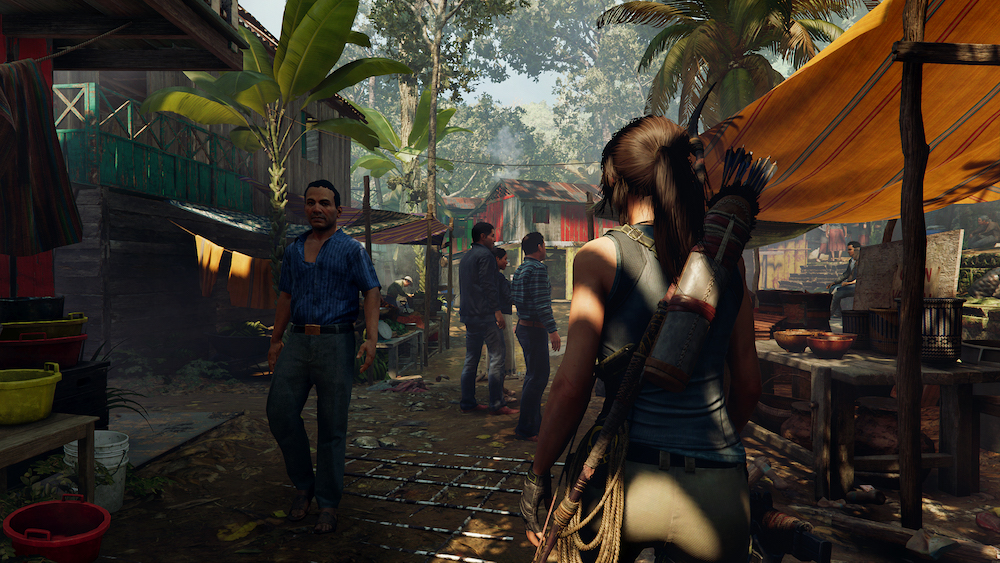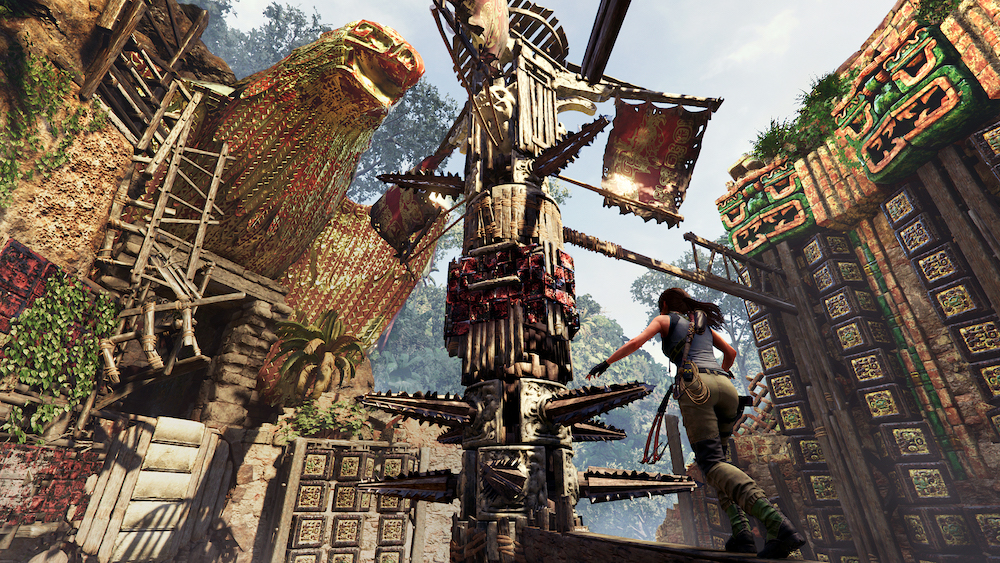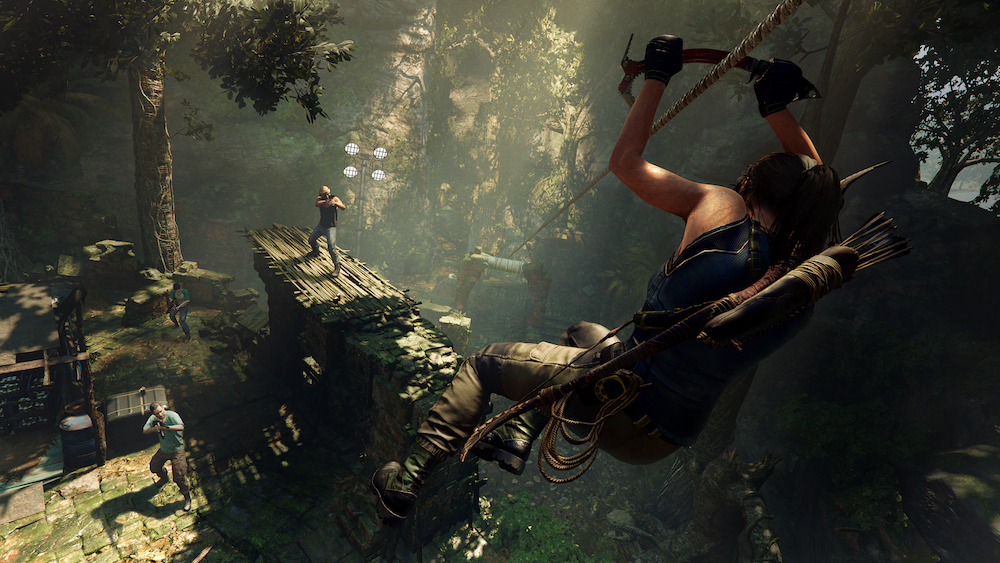
In 1996, Lara Croft the Tomb Raider first appeared on our consoles and fast became a fan favourite – polygons and all. But over the past twenty-two years, a number of challengers for the title of top action archaeologist have emerged (or re-emerged) in popular media – Indiana Jones, Nathan Drake, Benjamin Gates (yes, National Treasure counts!)…
Publisher Square Enix is apparently Lara’s biggest fan, as they have fought to keep her relevant in the video game world with the trilogy reboot of the Lara Croft origin story. Throughout the first two instalments (Tomb Raider, 2013; Rise of the Tomb Raider, 2015), Lara is only beginning to establish her identity as the Tomb Raider. In the upcoming final instalment of the trilogy, Shadow of the Tomb Raider, Lara is supposed to develop into the Tomb Raider that we all know and love. It is expected to be the pinnacle of the franchise so far.

Earlier this week, Bandai Namco invited me to play through the first 5 hours of Shadow of the Tomb Raider. Let me tell you, Lara is still relevant.
Like its predecessors, Shadow of the Tomb Raider is a single-player action adventure. The story follows the events of Rise of the Tomb Raider – with the paramilitary organisation, Trinity, continuing to pursue the same artefacts as Lara (and sometimes, Lara herself). But the role of hero and villain is not so clean cut in this instalment. There is a complex interaction between Lara’s actions, intentions, and the consequences. We soon learn that “don’t start a Mayan Apocalypse” trumps “it belongs in a museum.”
Shadow of the Tomb Raider feels darker and grittier than its predecessors. The wilds of Siberia have been replaced by Apocalypse Now – inspired Peruvian jungles, alive with prowling jaguars, Howler Monkeys and Trinity soldiers. Players are required to scramble up vines, cling to ledges, and traverse cliffs in order to solve puzzles that uncover the secrets of the Mayan civilisation. The puzzles artfully use and are artfully weaved into this beautiful environment. They continue to be a real strength of the trilogy.

The plot is primarily driven by cinematic cutscenes involving quick-time-events. These cutscenes are frequent and the transition to/from gameplay is seamless. At one point during the game I was alarmed by the very dark turn that one cutscene had taken (Lara impaled by spikes – a recurring mode of death), only to realise that the cutscene had ended and I was supposed to have taken control again. This speaks to the quality of the gameplay visuals and short loading times.
Throughout these cutscenes, Lara is painted as head-strong, single-minded, and unbelievably knowledgeable about the Mayan culture. She makes wild connections and solves riddles immediately. It all feels a little bit Nicholas Cage from National Treasure-esque, but you accept and enjoy it. Lara herself, says it best – “I know it’s not practical, I know it’s hard to believe, but you have to trust me.”

Aside from the plot and setting differences, Shadow of the Tomb Raider seems to have deviated minimally from the previous two titles. The AI soldiers still lack any intelligence and the array of available guns is limited, but firefights are only a small part of combat. Players are encouraged to engage in combat creatively – you can hide in bushes and use mud as camouflage to launch stealth attacks, throw items to distract your enemies, and modify your weapons to have various additional effects. Also, the animals you encounter are worthy adversaries.
The swimming experience was heavily criticised in Rise of the Tomb Raider. I felt as though the tsunami scene at the beginning of Shadow of the Tomb Raider was designed to address these concerns and show off the new swimming mechanics. The introduction of trapped air pockets means that you can breathe underwater for significant periods of time, and it is easy to navigate underwater.
Shadow of the Tomb Raider feels like more of the same, but this is by no means a negative thing. The cutscene cinematics and in-game footage are beautiful (Lara has certainly aged well), the narrative is engaging, the environment and movement mechanics encourages exploration, customisation abounds (skill-tree and weapon modification), and the puzzles are creative. If you liked Rise of the Tomb Raider, you will like this game. If you’re new to the Tomb Raider franchise, you can look to Uncharted as a similar experience. There is a lot to love here. If the plot stays strong and the difficulty curve is right, Square Enix and Eidos Montreal are on to another winner.











